Hat & Coat Stand
Posted 14 February 2020
This is the introductory page for a paid video series. Want to watch more of this project? Select the best option below to get started.
A brand new project. A brand new design. Some complexities, but nothing too much for you because we give every single detail you need for success.
This project has a total of 7 episodes.

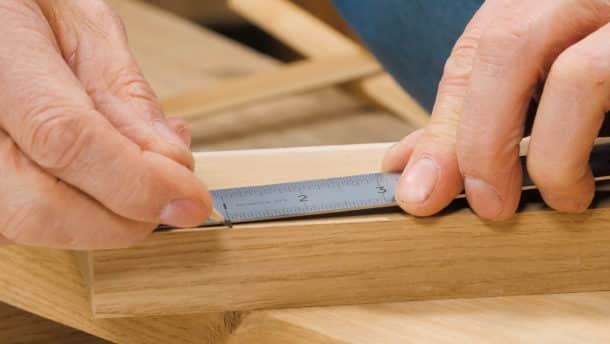
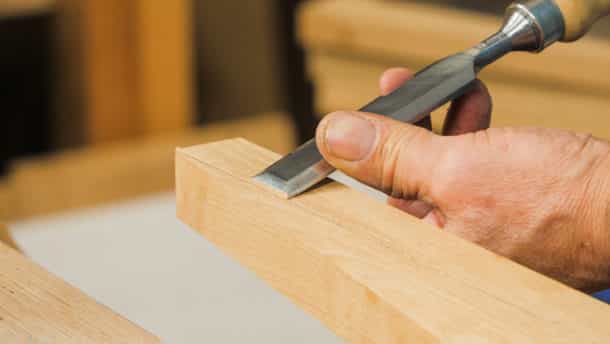
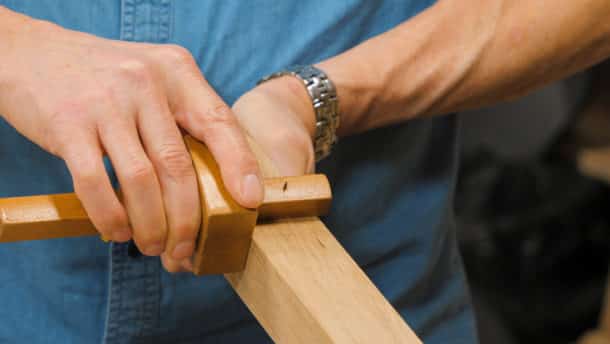
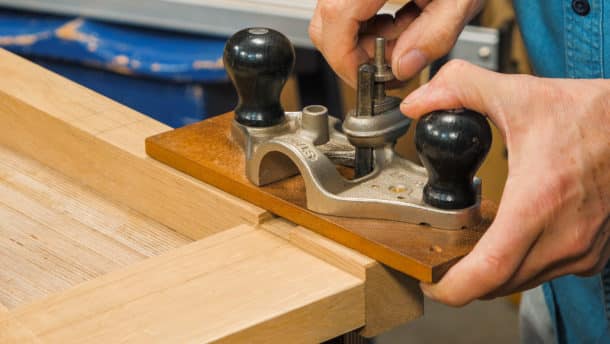
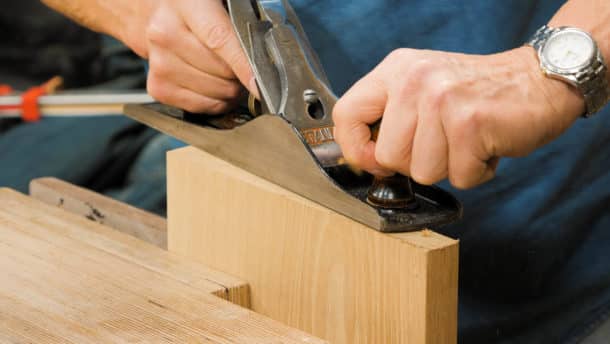
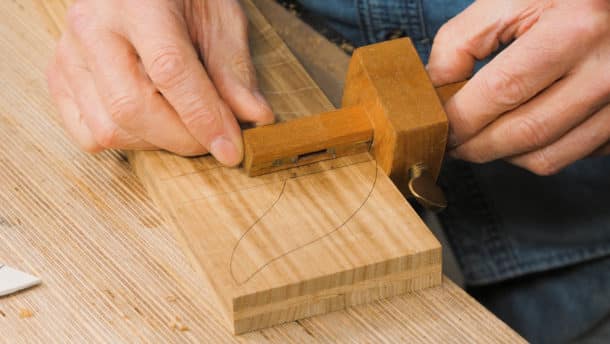
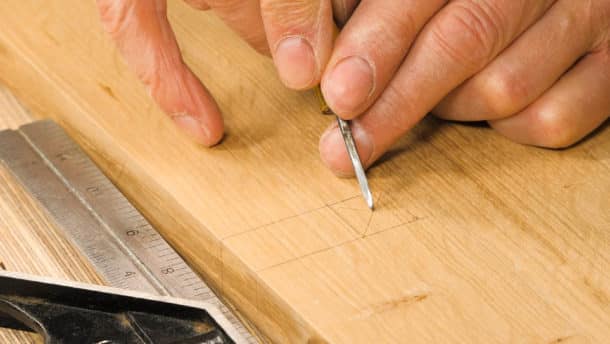
Looks like something I could use! Looking forward to this one (Too!)
Looks like a great project
Tom! I get mistaken for you all the time! Cheers!
Going to look perfect next to my front door!
Beautiful Paul.!
Though we can use any timber we want to, the oak looks so good and I’d love to use it but it’s so damn expensive here in Australia.
Can this be made wide….like 4 feet wide?
Hi,
Paul says:
Yes it can, I think it could go up to 10 feet wide no problem.
Kind Regards,
Izzy
Can you please ask paul if the card burnisher with a 30 degree point works. Phil Lowe has made one that is a copy of an old Stanley. I am having trouble getting the correct angle on Stanley 80. It gives me too much resistance?
Hi,
Paul says:
No, I think this is another one of those fanciful distractions. All you need is a straight burnisher which can be triangular, oval or round and that will work just fine at a fraction of the cost.
Kind Regards,
Izzy
This looks a great project, and my partner has already told me where she wants it going.
Only thing hard, is finding the widths of timber required to make this beautiful piece.
In the UK I can find 22mm planed or 27mm rough sawn oak.
Am I missing the basic skills to source timber? Any and all advice would be helpfull.
Hi,
Paul says:
22mm for the shelves is plenty thick enough for this span so you could just make it using 22mm wood without any problem.
I got 27mm and planned 1mm off each side.
Kind Regards,
Izzy
Hello, could be effective if the double height mortise sloped at the low end? (Like the mortise at the bottom of the back post). Would this prevent possible breakage of the low corner of the corresponding tenon? (At that point of the tenon the fibres are interrupted with an inclined cut).
Thank you very much
I have just today joined these Masterclasses and watched Parts 1 & 2 of this project. I quickly realised that it is way beyond my current skill level and felt rather inadequate as a result. Would it be a good idea to indicate the level of skill or difficulty of each project when looking at them ín the list of videos? It would certainly help me choose which project to work on.
hi Martin,
check out commonwoodworking.com. it is the skill building sister site to this one. your username and password from here are valid there.
after you make your first dovetail box, you are on your way to bigger and better things
good luck
barry
Hey Martin,
If you are new to working wood I would suggest that you first try something easy such as the tool tote which is one of the first projects. Another thought is to start with some inexpensive wood such as pine. I have been woodworking for most of my life and still make prototypes in pine and fir. Then maybe try the dovetailed box series. After a few boxes or totes things will begin to click for you and you can move on to more advanced projects. Save those first projects to compare with what you make a year from now. It’s fun to see the difference in your acquired skills. –Jim
Thanks Jim for your advice. I’ll give the simple things a try and see how I get on.
Hej Martin,
Basswood, poplar, and to some degree birch might be alternatives to pine/spruce, as easy to work. Marking out, sawing, and chiselling are generally easy; as is planing, as long as one is with the grain. They don’t present big variations in hardness between early and late wood; at times a prominent feature of pine and spruce, which can make pine in particular quite the challenge. In addition, they can have very hard knots, further reducing the joy of working with them.